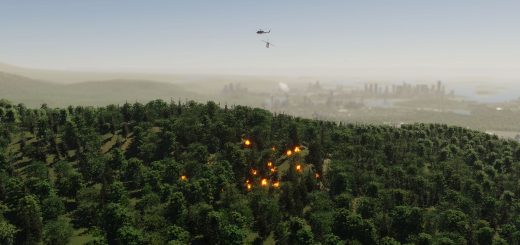Cities Skylines 2: Commercial Companies
Commercial businesses rely on a steady influx of products to retail, a competent staff to cater to consumers, and a strategic location proximate to residential zones which supply the majority of their clientele. They source their inventory from industrial manufacturers within the city and external connections. Just as with industrial enterprises, these commercial firms factor in transportation costs when scouting city locations, as these can diminish their profit margins.
Their location strategy prioritizes connectivity to both product suppliers and potential customers, adapting to shifts in product demand. For instance, if a locality lacks a grocery outlet and residents incur significant costs (both time-wise and monetarily, as determined by pathfinding algorithms) to access the nearest one, the system highlights this vicinity as a potential hotspot for new grocery establishments.
In staffing their outlets, commercial enterprises mirror the recruitment methods of their industrial and office counterparts: they target nearby residents who meet educational criteria. Given that employees and patrons often hail from the same neighborhoods, commercial entities naturally flourish adjacent to residential zones.
As economic dynamics evolve, commercial entities fine-tune their offerings, scaling their services either upwards or downwards. As these firms progress in terms of levels, their operational efficiency augments, leading to enhanced service quality and turnover. Consequently, as sales volumes soar, the cost per item drops. This pricing adjustment influences consumers’ purchasing choices, echoing real-world scenarios where cost-effective offerings lure a larger clientele.






